SEO
9 Tactics to Increase Brand Awareness (Tried & Tested)
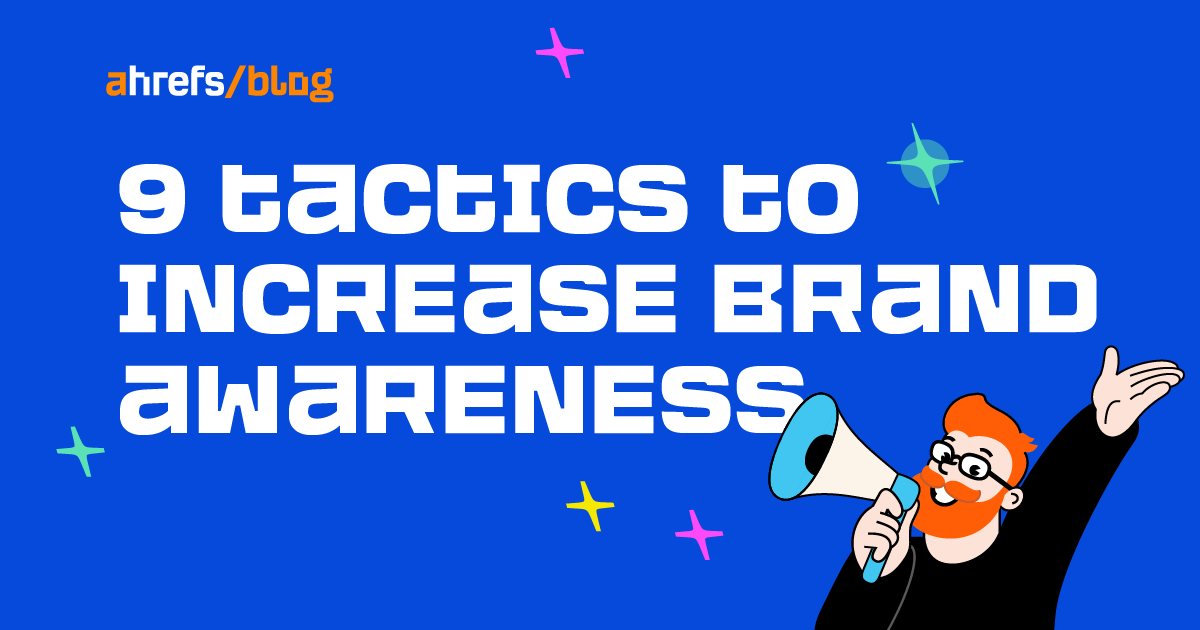
One of the best ways to make anyone buy from you is to make them aware of your brand and products before they even start considering the purchase.
Countless tactics can increase your brand awareness. Technically, any piece of your marketing communication can be the first time someone from your target audience hears about you. But we’ll focus only on what’s truly impactful here.
Let’s go through nine tried and tested ways to increase your brand awareness.
If people are searching for information surrounding your products (they most likely are), your website should be present in the search results.
The great thing about organic search traffic is that it’s one of the few channels with the potential to influence your target audience throughout the whole marketing funnel:

We’re naturally interested in the top of the funnel (ToFu) here, so you need to create the type of content people search for when they start getting information about the industry you’re in.

This is where keyword research comes into play.
Keyword research is the process of discovering valuable search queries that your target customers type into search engines like Google to look for products, services, and information.
You start with a keyword research tool like Ahrefs’ Keywords Explorer and plug in a few seed words that define your niche:
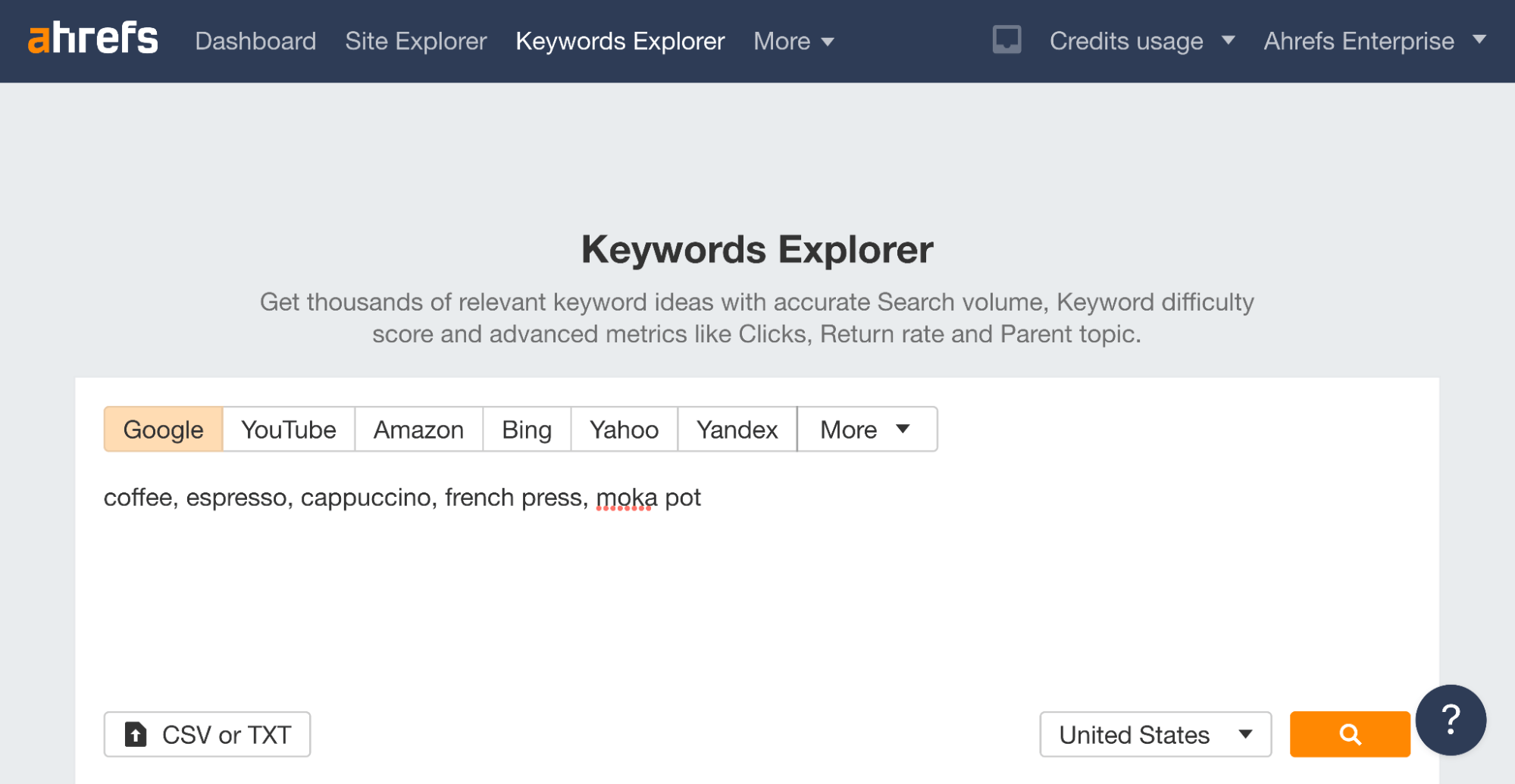
Next, head over to the Matching terms report to see all keywords containing the “seed” keywords from the input:

As you can see, over 4 million keywords contain those seed phrases. Now it’s all about filtering and choosing which keywords you’ll target with a great piece of content.
In this case, I’m going for keywords that:
- Have a maximum Keyword Difficulty (KD) of 40, so they shouldn’t be too difficult to rank for.
- Have a Traffic Potential (TP) of at least 500 clicks a month.
- Include terms that signal searchers are looking for the type of informational content we’re planning to create.
Voilá, I narrowed the list down to ~8,500 keywords:
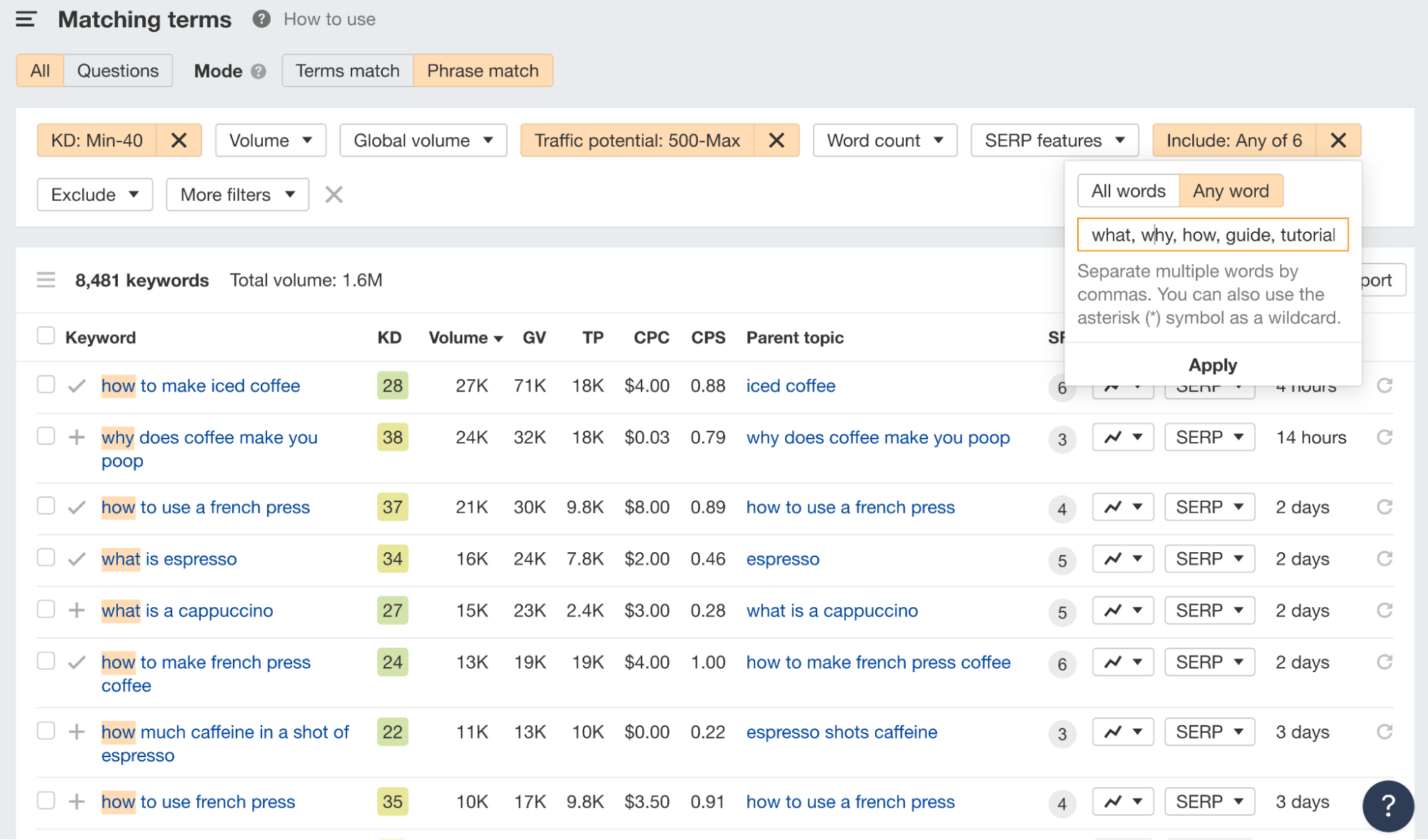
The last filter to apply here is common sense. Always think about how relevant the topic is to your brand. Can the potential visitor ever become your customer? For example, suppose you’re selling fancy equipment for making espressos. In that case, people looking up “what is espresso” aren’t likely to ever become your target audience.
Head on to the following guides to learn more about researching keywords and creating content:
The purpose of public relations is to positively influence how a brand is perceived. There’s no doubt that communications with the media and the general public should be in your arsenal for increasing brand awareness.
Getting started with PR can seem terrifying. Journalists are swamped with emails and topics they could write about. You must truly deserve the media attention.
But every writer needs expert contributions for their content once in a while. You can be that expert in your niche, and it’s a great way to get your foot in the door of the bigger PR game.
All you need to do is to subscribe to a feed of media inquiries via services like HARO, SourceBottle, or Terkel.
Here’s what one of these feeds looks like with HARO:

Your goal is to provide valuable information as fast as possible whenever you see a good opportunity.
The competition, especially on HARO, can be fierce. Here are a few tips to start off on the right foot:
- Only respond to requests where you or your colleagues are experts on that topic – Forget it if you don’t know your stuff.
- Stick to the requirements – Journalists sometimes require specific formats or information about your credentials.
- Try to provide the answer ASAP – You could subscribe to a premium HARO tier for $49/month to give you a head start before other users get the email feed.
- Check the publication’s authority and history – Some companies exploit the potential to get expert contributions easily, so you should be able to identify and ignore these.
Let’s expand on that last point a little. You should always know who you’re responding to so you can make sure the eventual coverage is worth the effort. That means ignoring anonymous inquiries and separating the wheat from the chaff.
If you’re unfamiliar with the company next to the inquiry, look up its website and review a few of its recent posts. Let’s take a look at a specific website example I just came across in the HARO feed:
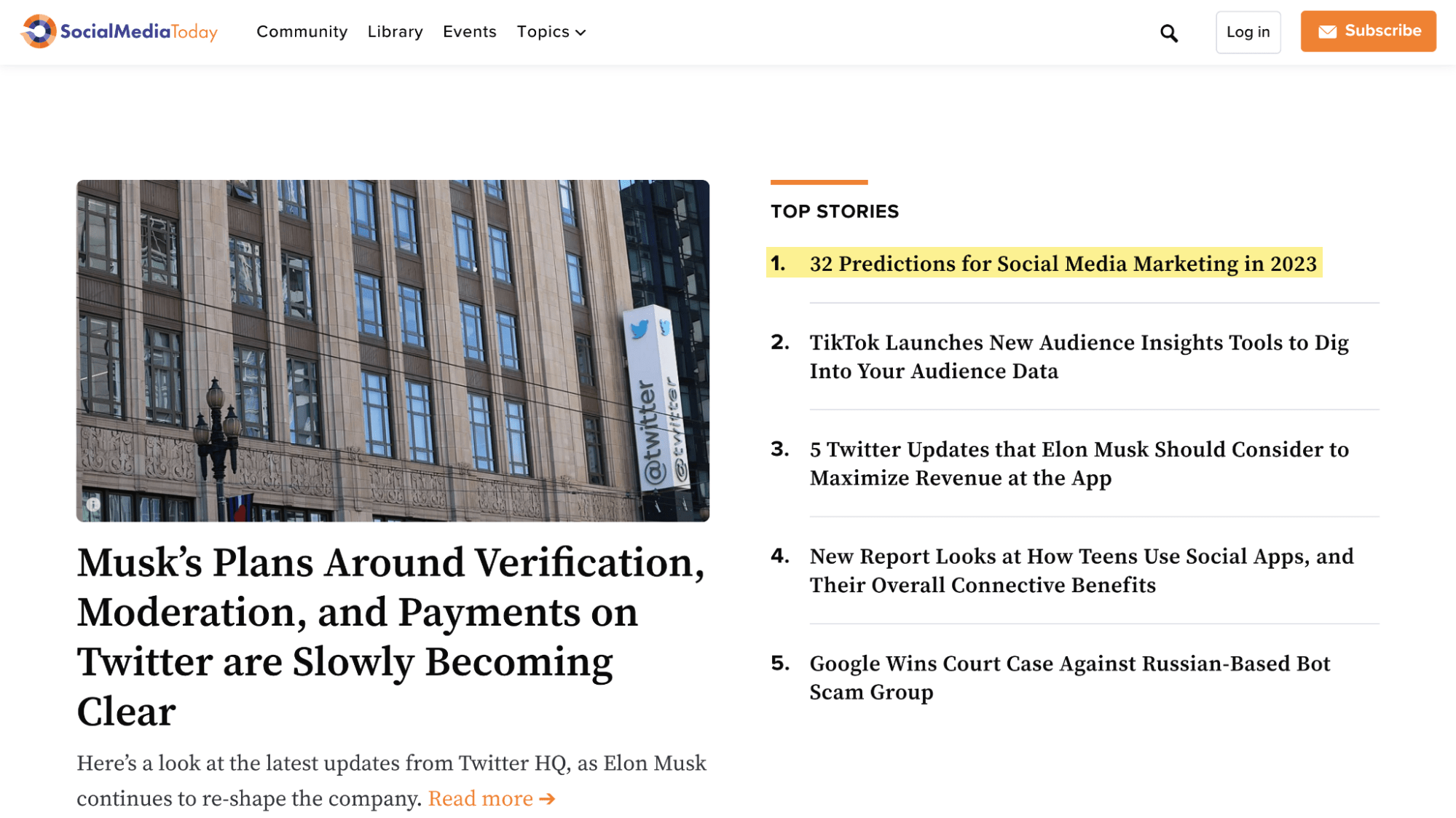
What immediately catches my attention here is the large “listicle” post. Since journalists and bloggers tend to feature multiple, sometimes even tens of HARO contributors, you can look for patterns in the titles like a large listicle number or “shared by experts.”
In this case, the large listicle post wasn’t created from HARO contributions. The rest of the articles don’t look sourced from HARO either. You don’t want to see a significant number of posts that include these contributions, as it dilutes the benefits you get from the coverage and backlink to your website. This particular website gets a pass on the content-sourcing front.
Another way to assess how valuable the coverage could be is to look at the website’s backlink profile strength. Generally speaking, the more it’s linked to from authoritative websites (ideally in your niche), the more valuable the backlink is for you.
The website’s Domain Rating (DR) is a good proxy metric for this particular use, which you can see with Ahrefs’ SEO Toolbar.

Simply, the higher the DR, the better. As a rule of thumb for English websites, you can exclude anything below DR 50 unless the website looks relevant to your niche and the content is of high quality.
In all, 14,000 new customers in 2020 told us they learned about Ahrefs from their friends:

We can’t fully control it, but trying to incentivize and influence people to bring up Ahrefs in their discussions clearly has vast benefits. This process is known as word-of-mouth marketing.
Research from Nielsen shows that 83% of people trust recommendations from friends and family. It’s simply the most trustworthy and authentic marketing channel. No matter how great your marketing communication is, you can’t beat it.
The number one thing that nudges people to talk positively about a particular brand is a superb customer experience. Most of it consists of having a great product, but the entire buying process and customer service can’t be neglected. Only when you have these will proper marketing communication make it all work effectively:
In essence, word-of-mouth marketing is about properly managing your brand, communication, and product marketing once you have a product people love. To be more specific, here are four tactics to consider using:
- Make your product a natural part of your content – Referring back to the “espresso equipment” example, listing some of the products you sell for topics like “how to tamp espresso” or “espresso distribution” provides value to the reader.
- Create and distribute educational content – This helps your customers use your products better.
- Encourage customers to create and share content around your product – Here, we’re talking about social media posts, articles, photos, videos, etc. Think creative campaigns, affiliate marketing, or community hashtags. This brings us to…
- Build an engaged community within your target audience – It takes time, but it’s worth it.
On top of that, apply all suitable tactics to increase your brand awareness listed throughout this guide. Word of mouth is a by-product of improving brand awareness, leading to further increase. It’s like a flywheel.
Learn more: Word-of-Mouth Marketing: A Simple Tried & Tested Guide
People usually check the experiences of others when they’re close to making a purchase. But your brand’s visibility throughout all relevant directory listings and review platforms impacts their product choices even before they get to that stage.
For example, here are just a few of the terms the biggest software review platform, G2, ranks for in Google’s top positions:
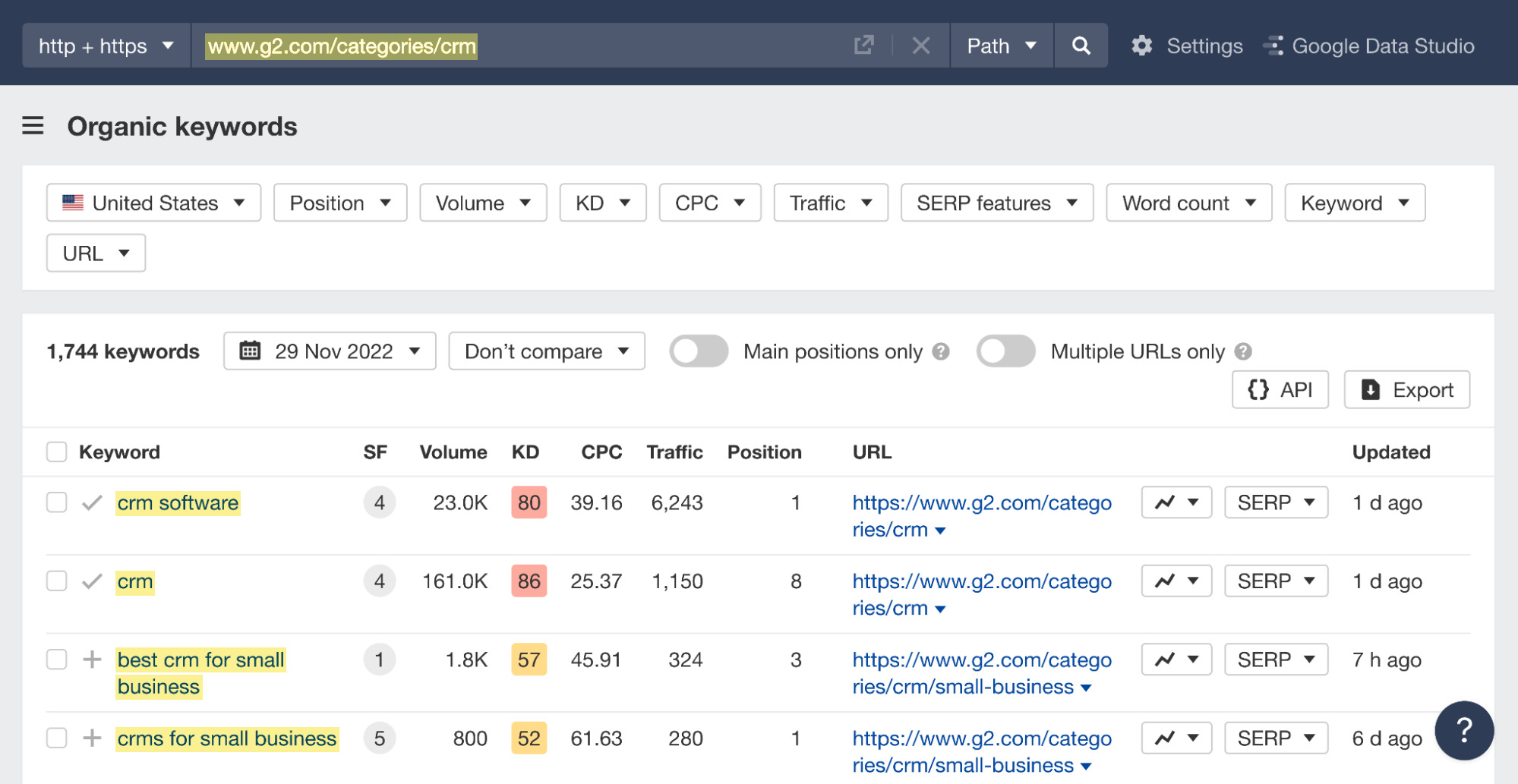
People looking up these keywords could still be considered at the top of the funnel. They’re likely aware of some of the problems CRMs solve but are just getting into specific products and brands. Being listed among the top CRM solutions on these category landing pages has obvious benefits.
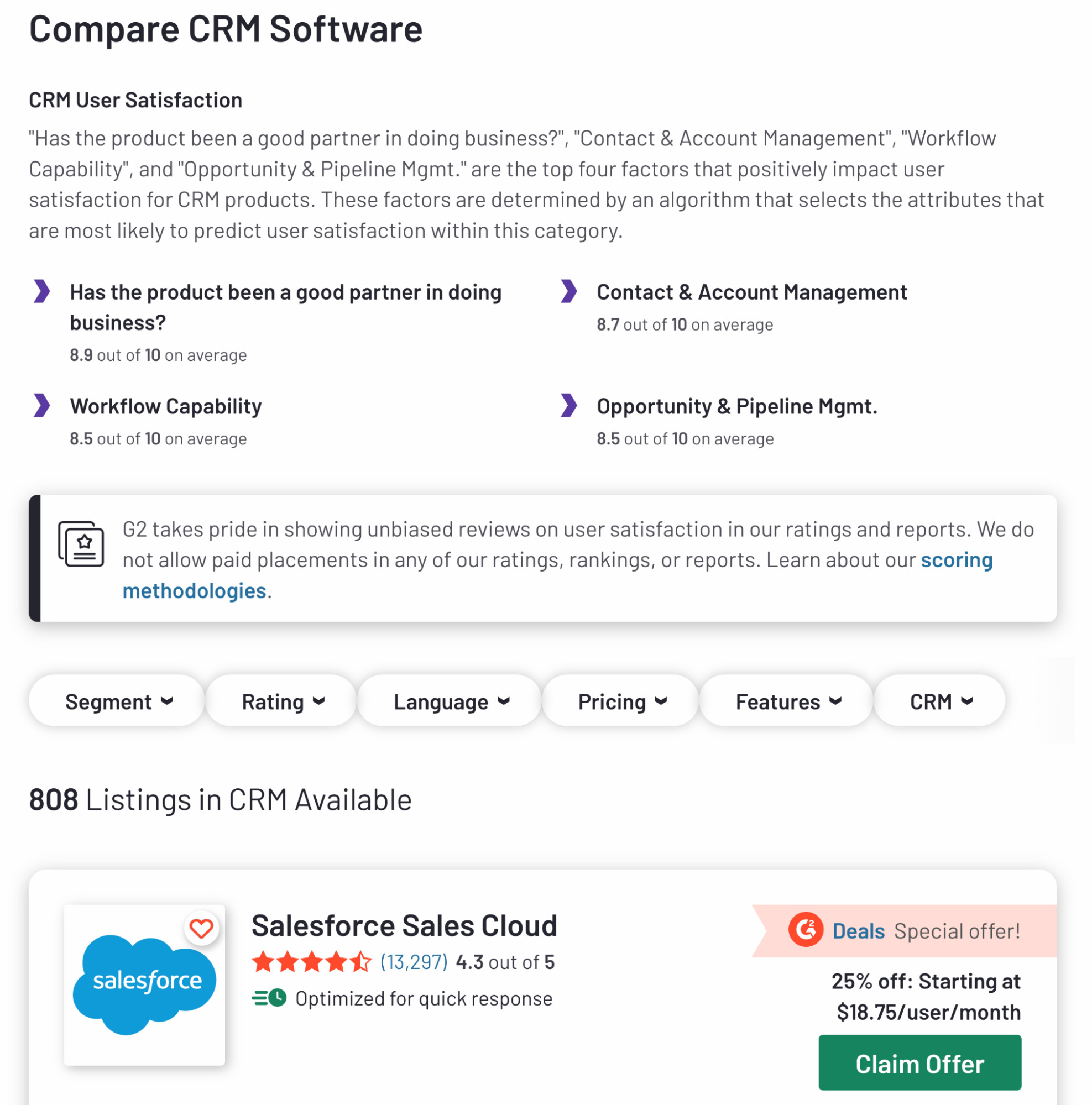
And this is far from the only page and way these platforms can showcase your brand.
For example, you can pop up on competitors’ profiles in specific sections:

Of course, getting into the top 10 among 800+ listings is naturally a challenging task. You must set up processes to gather reviews and adequately manage your online reputation. Getting a paid plan with the review platform can make things easier.
Fortunately, you can also apply these practices to many different platforms and directories. They also tend to work on similar principles because it makes sense to show the most relevant results that are the most popular:
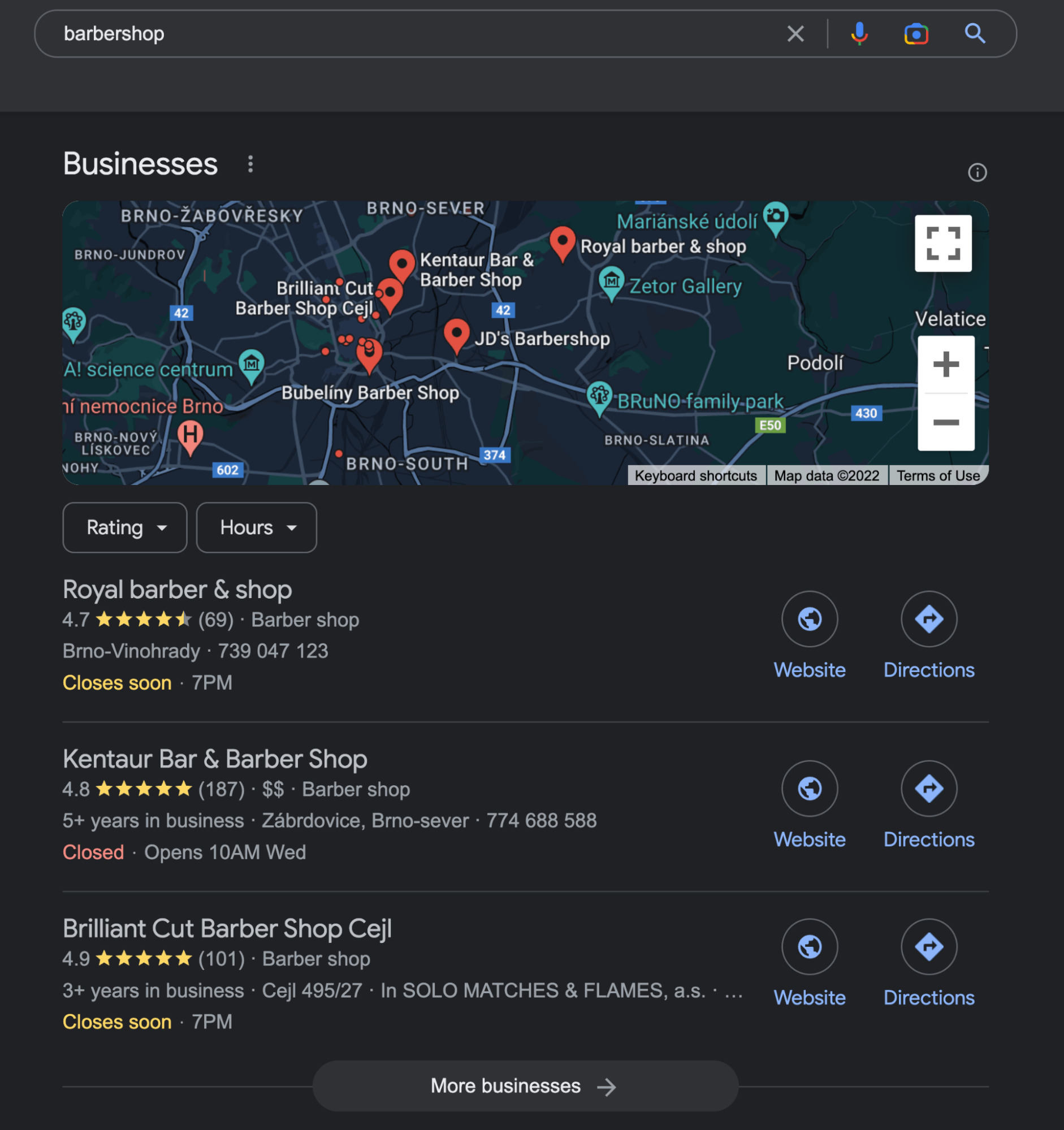
Not sure if you’ve already got a profile on every important platform? Enter your domain into Ahrefs’ Site Explorer, go to the Link Intersect tool, and fill in as many competitors as possible (the Organic competitors report can help with that).
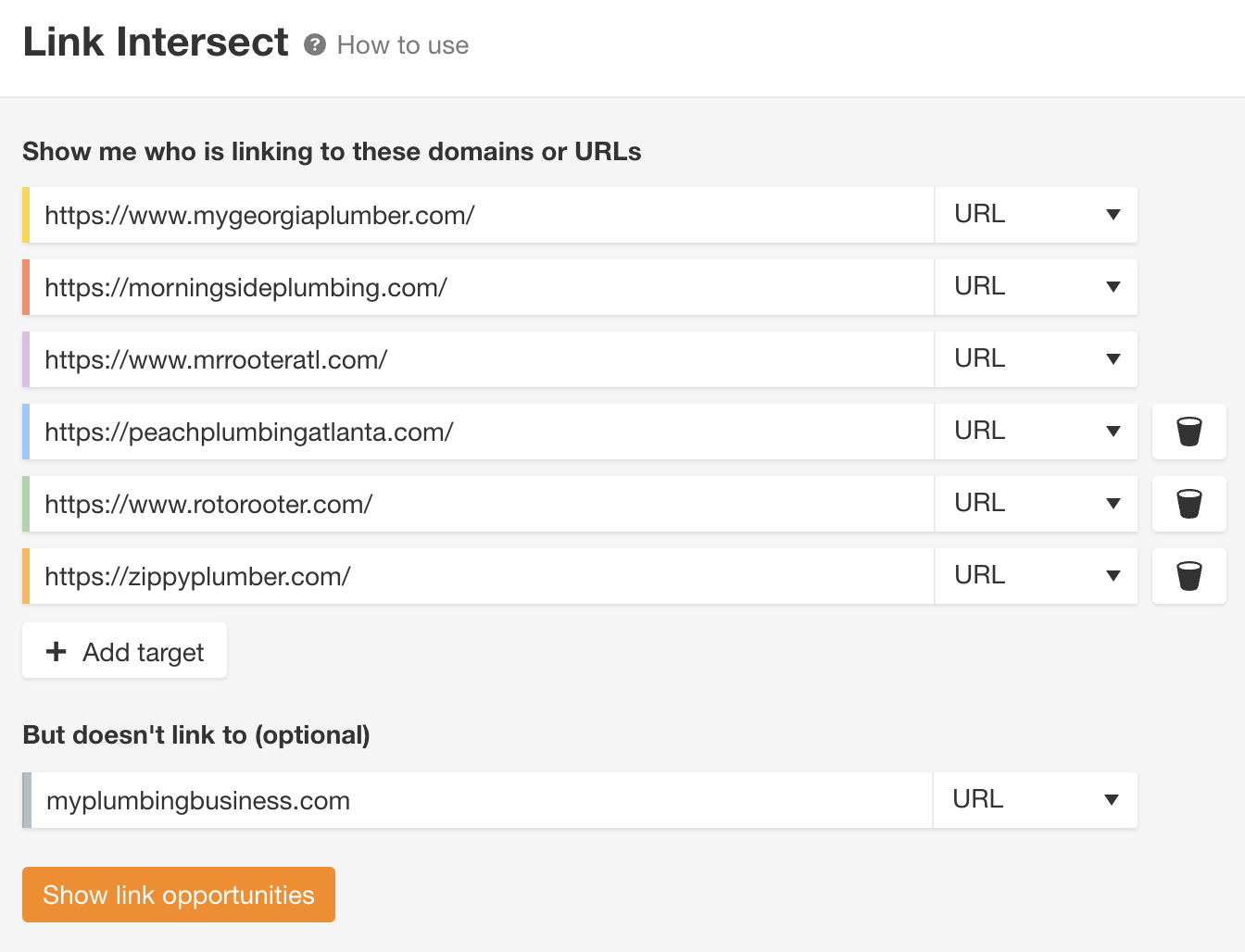
You’ll get a list of websites that link to your competitors but not you. Play around with the number of intersections and filters and try to spot the directories:
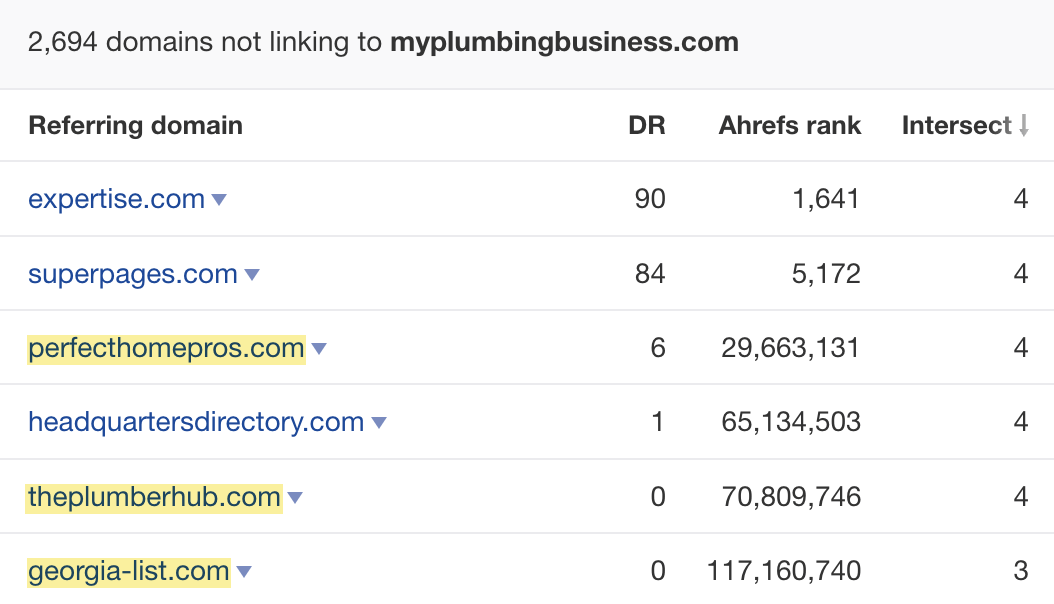
PRO TIP
Once you grasp SEO and online reputation management, you can dive into entity SEO. This is where you optimize how Google perceives your brand and products to (hopefully) become an entity in Google’s Knowledge Graph.
This can significantly impact your branded searches as you get more estate on the SERPs. And similarly to the platforms listed above, you’ll also be present in sections like “related searches”:
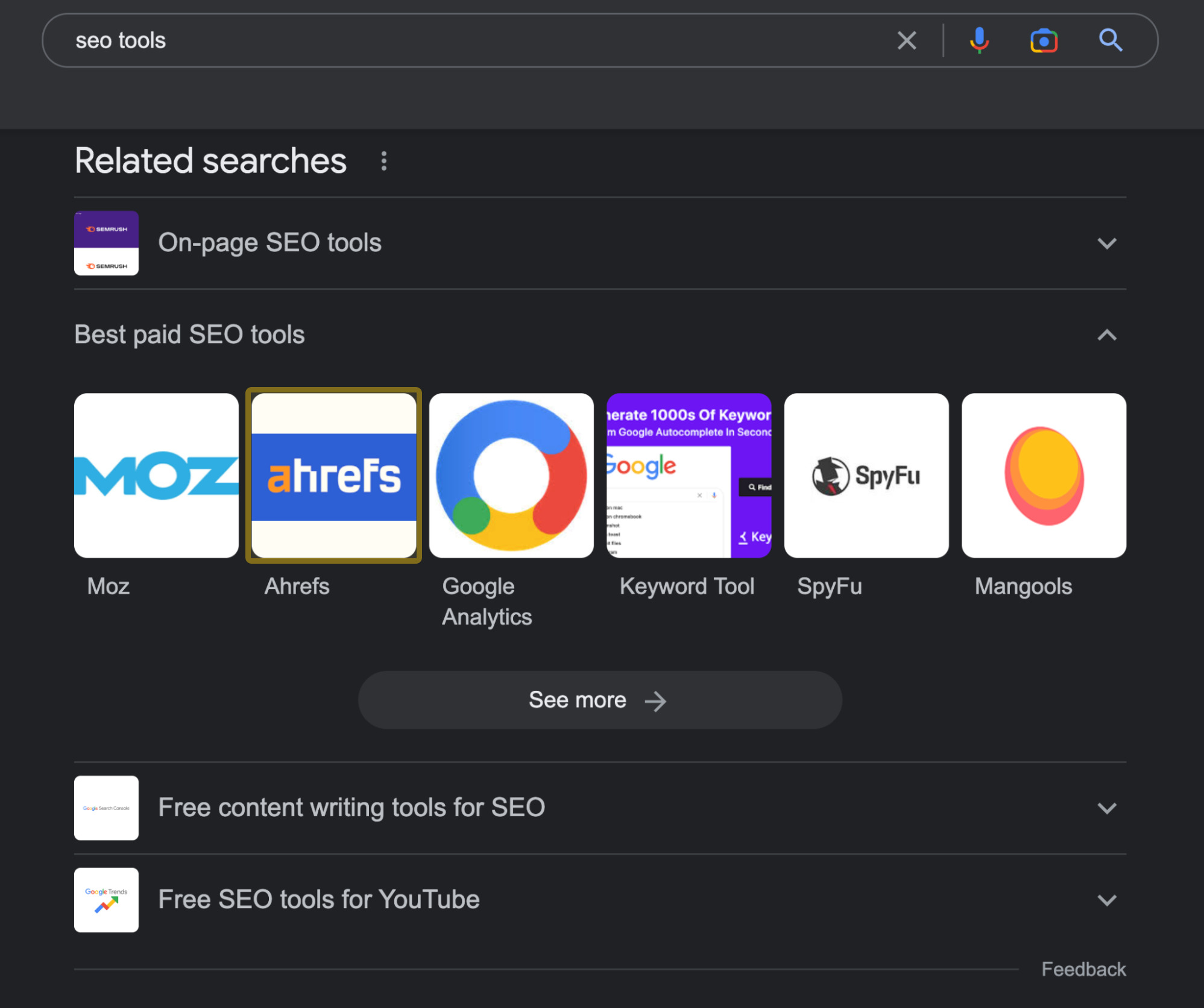
I’ve attended many marketing and SEO events over the years. If there’s a speaker with a talk that excites me, then it’s easy to get into my head. I sometimes even try to learn more about the speaker and their company.
Others may not do the same. But one thing is for sure—people prefer engaging with other people, not brands. Speaking at events and encouraging your colleagues to do the same have many benefits:
- It increases awareness from both marketing and employer branding perspectives.
- It increases employee retention and satisfaction from building their own personal brands.
- It helps you become an authority in your niche.
- It helps you build more personalized relationships with your current and potential customers.
- It can often trigger social media mentions, event reports, mentions in articles, etc.
At Ahrefs, we have many people across different teams and countries speaking and networking at events. We try to reap all the benefits listed above.

If you’re starting from scratch here, it’s better to test the waters at smaller, local events. You’ll need a solid speaking portfolio or something extraordinary to share to land a gig on the biggest stages anyway.
First, discover topics and styles that resonate with your audience. Forget sales pitches and try to provide as much value as possible. Listen to the audience’s feedback.
Second, take your time before hitting bigger stages. Practicing, getting good references, and building confidence are key things to getting there. I still get the jittery feeling even though it’s been a few years since I first spoke in front of 100+ people. A certain level of stress and anxiety apparently never goes away, no matter how experienced you are.
And last but not least, you’ll start getting a lot of speaking invitations once you get on the right path. Be ruthless with choosing the right events. Ask past participants for references. Make sure it has value for you and your company.
A big chunk of our marketing budget goes toward sponsoring podcasts, events, and newsletters.
You may have noticed our huge logo in the last image. We’re trying to squeeze the most out of the biggest SEO conference by being the main sponsor, speaking on the main stage, and having a big booth there:
Events aside, here’s what our sponsorship looks like in newsletters:
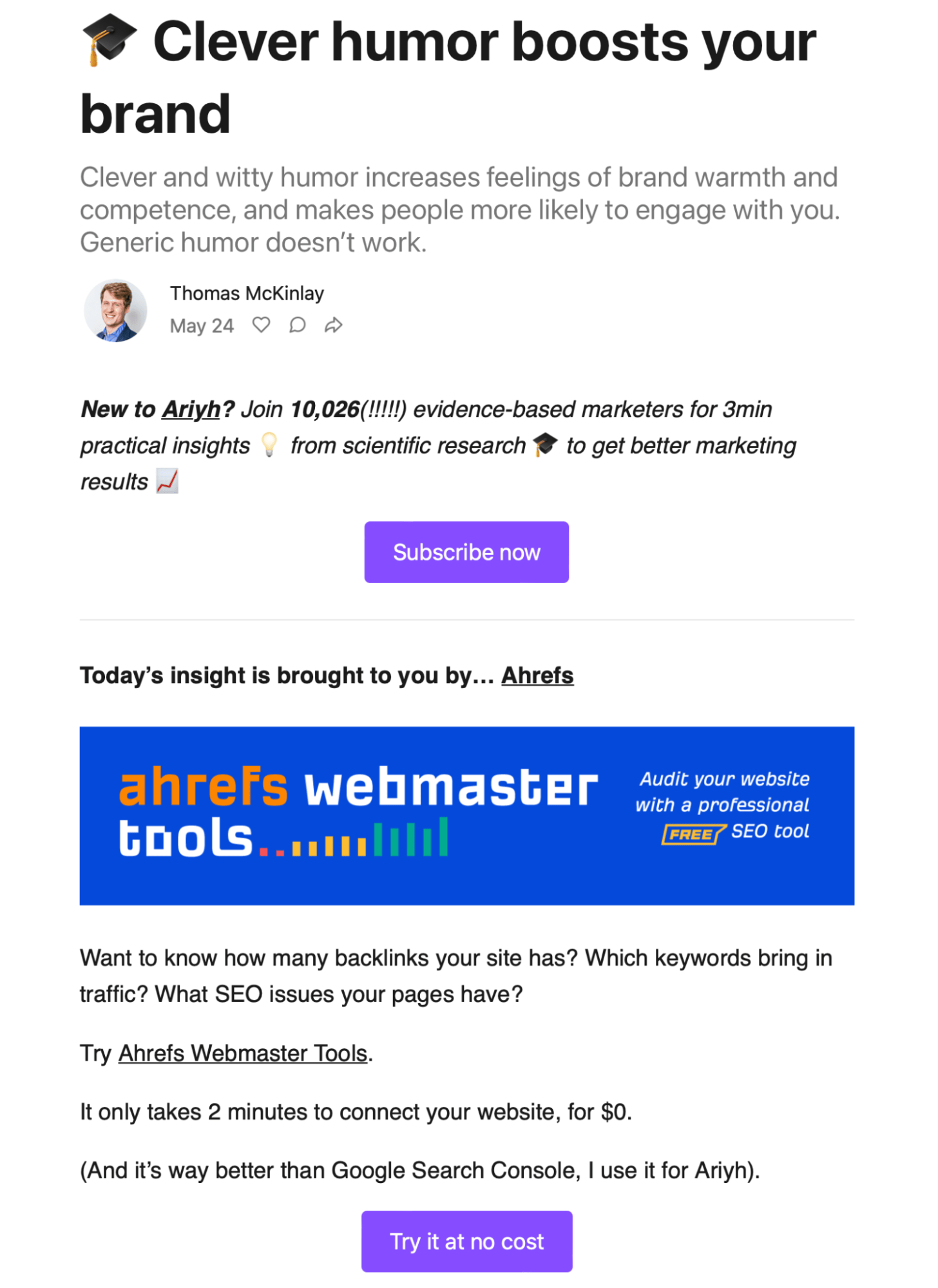
You can even go with the more traditional approach of sponsoring events for the masses. It all depends on your product, positioning, audience, and budget. Anything from local football matches to the Super Bowl can work.
Learn more: Podcast Advertising: $51,975 Spent. Here’s What We Learned
A brand ambassador is anyone who’s regularly in the spotlight representing a company. This is often an employee with the power to influence the community, but you can form these long-term partnerships with anyone. You probably follow influencers who’ve been promoting certain products for years.
For example, at Ahrefs, we have Patrick Stox as our brand ambassador:

And then we have many customers keen to recommend our products to others. Some of them evolve from fans influencing word of mouth to brand ambassadors via sponsorships:

See how this intertwines with some of the tactics we’ve already gone through?
Go through your customer database and try to spot influential people in your niche. Check communication history, whether they already mentioned you somewhere, and then create a shortlist of the best candidates for this.
Of course, the prerequisite is to have a superb product. You can pay some influencers to promote basically anything, but many people can spot dishonest recommendations from miles away. And yes, even ketchup can be apparently a superb product:
To sum it up, influencer marketing should be in your arsenal, and using brand ambassadors is an excellent approach to this.
Some brands share values and common traits among their audiences. Joining forces to appeal to both customer bases can work across niches for win-win campaigns.
The easiest way to get started with this is by co-creating content. Here’s an example of me doing a webinar with Kontent, which is a headless CMS:
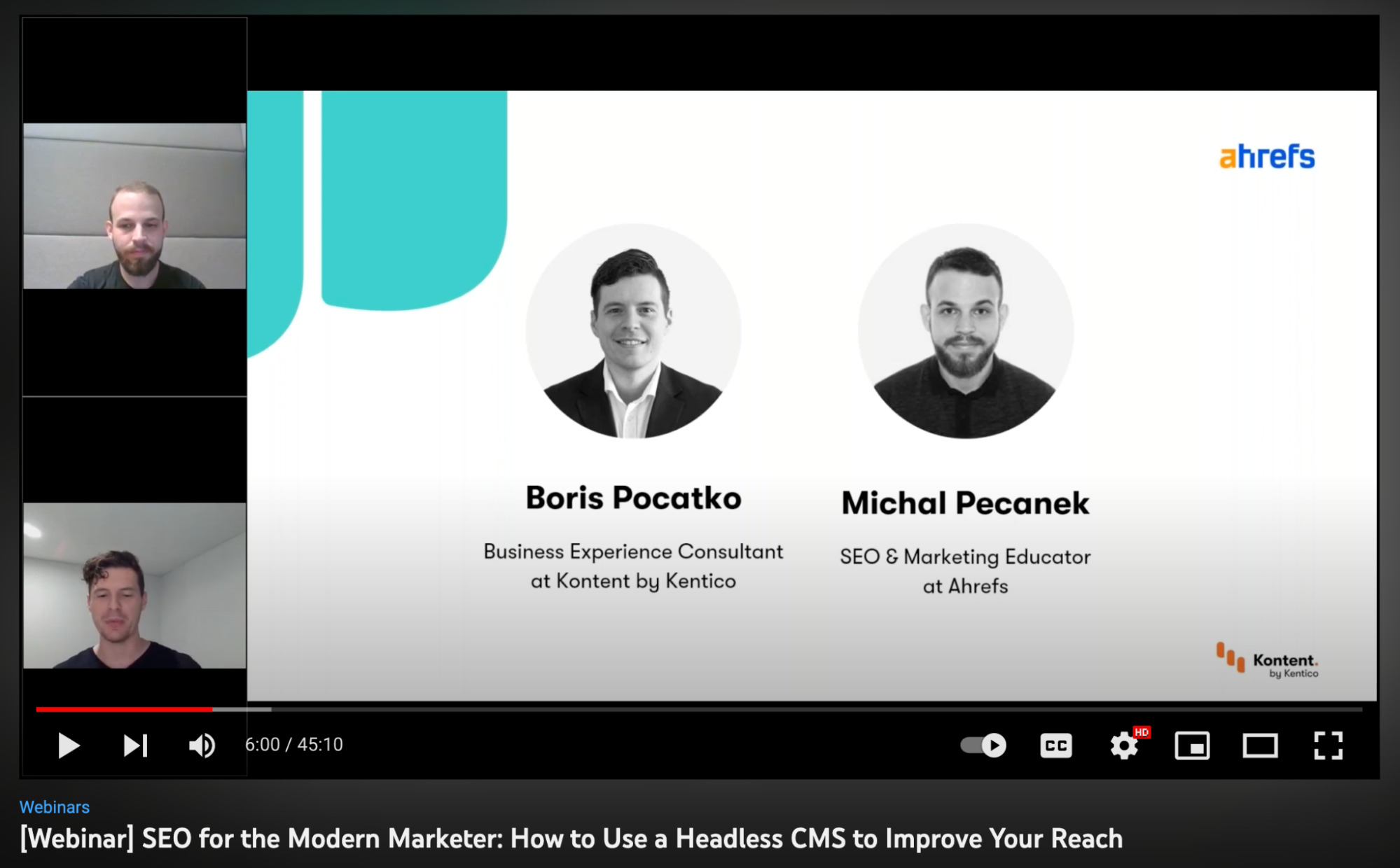
Ahrefs is the authority in SEO the Kontent team needs for this topic. Kontent’s audience consists of potential enterprise-level leads for us where 45 minutes of brand and product exposure has great value. It’s a win-win.
That said, the most impactful co-branding campaigns for brand awareness are co-branded products.
The best example of a successful co-branded product I can recall from the past few years is a MoonSwatch:
At the time of writing, MoonSwatches are still widely unavailable eight months after their release. People who wouldn’t buy an Omega stood in long lines together with wealthy watch fans who’d likely never wear a regular Swatch on their wrists.
In this case, both brands are owned by the same company. But chances are you don’t have a portfolio of complementary brands at your disposal. So here are two main methods of discovering the right brands to partner with.
The first is to enhance your market research data with other products your customers and audience like using.
The second is to use an audience insights tool like SparkToro. It will show you social media accounts and websites that your audience also follows and visits:
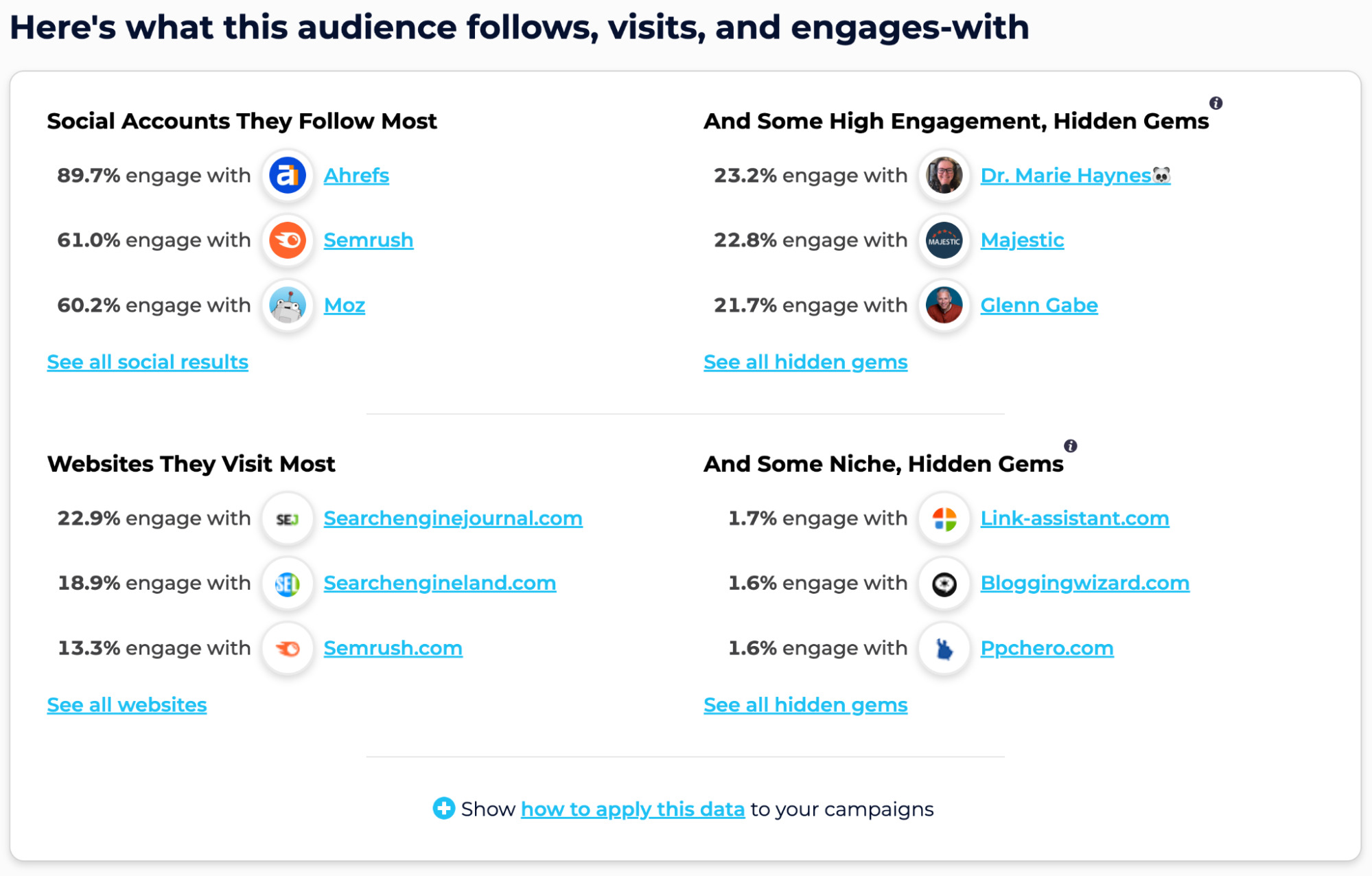
Simply filter out your competitors and see if any remaining companies fit the bill.
Learn more: For Omega and Swatch, the Rewards of Co-branding Could Be Astronomical
I saved the most tried and tested tactic for increasing brand awareness for last.
Ads in mass media have been with us forever. TV ad spending in North America alone was $64.7 billion in 2021. And countless studies and data support that mass media advertising works.
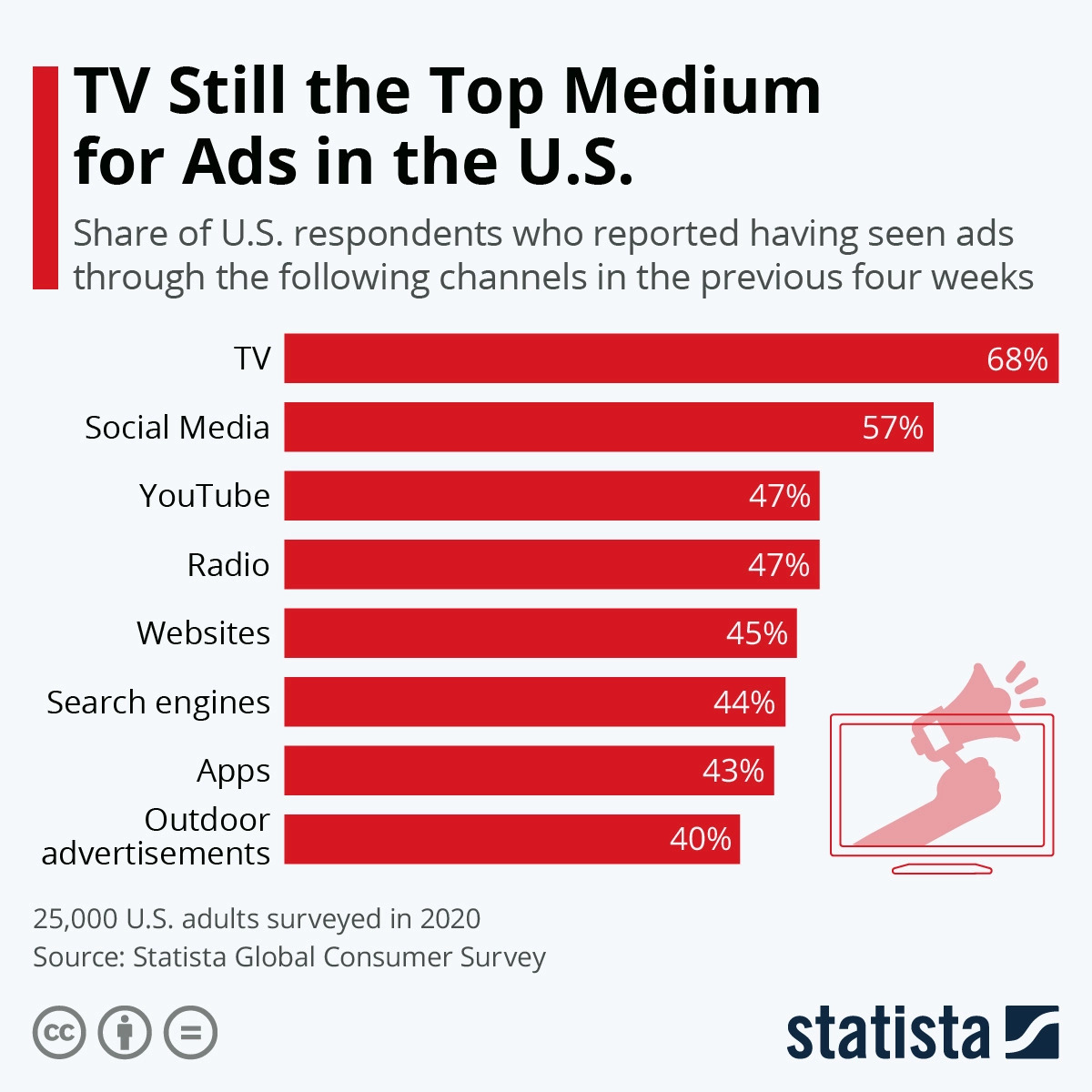
Of course, don’t go and spend 90% of your marketing budget to run national TV ads if you’re a B2B startup. But even smaller companies with very specific target audiences can use mass media properly.
All mass media channels, except TV, can be used to target a specific audience. Most of it comes from location targeting. If your target segment is tech companies, you can, for example, buy a few billboards in technological hubs.
Here are two notable examples from Silicon Valley:

These may be closer to PR stunts, but you get the gist. You can also buy ads on local radios, newspapers, airports frequently visited by your target audience, etc.
Final thoughts
Increasing brand awareness is one of the end goals of brand management. It’s a whole marketing discipline, so we barely touched the surface here and covered just the last mile.
The tactics you choose to increase your brand awareness should always stem from a proper marketing strategy. Its components regarding brand management include:
- Appealing to your target audience with a brand’s positioning (the way they should perceive your brand and products).
- Developing and consistently using multiple brand assets (logos, specific colors, fonts, slogans, mascots, etc.) in your communications to make your brand stand out and easy to recognize.
- Committing a significant portion of your marketing budget and resources to brand-building activities.
- Setting strategic objectives, including a proper way to measure progress.
Take this as a quick introduction to topics related to the effectiveness of brand awareness campaigns. Remember: the sooner you start executing, the better. You can always polish the processes later. I’ll leave you with a few resources that will help you do that:
Got any questions? Ping me on Twitter.
SEO
brightonSEO Live Blog

Hello everyone. It’s April again, so I’m back in Brighton for another two days of Being the introvert I am, my idea of fun isn’t hanging around our booth all day explaining we’ve run out of t-shirts (seriously, you need to be fast if you want swag!). So I decided to do something useful and live-blog the event instead.
Follow below for talk takeaways and (very) mildly humorous commentary. sun, sea, and SEO!
SEO
Google Further Postpones Third-Party Cookie Deprecation In Chrome

Google has again delayed its plan to phase out third-party cookies in the Chrome web browser. The latest postponement comes after ongoing challenges in reconciling feedback from industry stakeholders and regulators.
The announcement was made in Google and the UK’s Competition and Markets Authority (CMA) joint quarterly report on the Privacy Sandbox initiative, scheduled for release on April 26.
Chrome’s Third-Party Cookie Phaseout Pushed To 2025
Google states it “will not complete third-party cookie deprecation during the second half of Q4” this year as planned.
Instead, the tech giant aims to begin deprecating third-party cookies in Chrome “starting early next year,” assuming an agreement can be reached with the CMA and the UK’s Information Commissioner’s Office (ICO).
The statement reads:
“We recognize that there are ongoing challenges related to reconciling divergent feedback from the industry, regulators and developers, and will continue to engage closely with the entire ecosystem. It’s also critical that the CMA has sufficient time to review all evidence, including results from industry tests, which the CMA has asked market participants to provide by the end of June.”
Continued Engagement With Regulators
Google reiterated its commitment to “engaging closely with the CMA and ICO” throughout the process and hopes to conclude discussions this year.
This marks the third delay to Google’s plan to deprecate third-party cookies, initially aiming for a Q3 2023 phaseout before pushing it back to late 2024.
The postponements reflect the challenges in transitioning away from cross-site user tracking while balancing privacy and advertiser interests.
Transition Period & Impact
In January, Chrome began restricting third-party cookie access for 1% of users globally. This percentage was expected to gradually increase until 100% of users were covered by Q3 2024.
However, the latest delay gives websites and services more time to migrate away from third-party cookie dependencies through Google’s limited “deprecation trials” program.
The trials offer temporary cookie access extensions until December 27, 2024, for non-advertising use cases that can demonstrate direct user impact and functional breakage.
While easing the transition, the trials have strict eligibility rules. Advertising-related services are ineligible, and origins matching known ad-related domains are rejected.
Google states the program aims to address functional issues rather than relieve general data collection inconveniences.
Publisher & Advertiser Implications
The repeated delays highlight the potential disruption for digital publishers and advertisers relying on third-party cookie tracking.
Industry groups have raised concerns that restricting cross-site tracking could push websites toward more opaque privacy-invasive practices.
However, privacy advocates view the phaseout as crucial in preventing covert user profiling across the web.
With the latest postponement, all parties have more time to prepare for the eventual loss of third-party cookies and adopt Google’s proposed Privacy Sandbox APIs as replacements.
Featured Image: Novikov Aleksey/Shutterstock
SEO
How To Write ChatGPT Prompts To Get The Best Results

ChatGPT is a game changer in the field of SEO. This powerful language model can generate human-like content, making it an invaluable tool for SEO professionals.
However, the prompts you provide largely determine the quality of the output.
To unlock the full potential of ChatGPT and create content that resonates with your audience and search engines, writing effective prompts is crucial.
In this comprehensive guide, we’ll explore the art of writing prompts for ChatGPT, covering everything from basic techniques to advanced strategies for layering prompts and generating high-quality, SEO-friendly content.
Writing Prompts For ChatGPT
What Is A ChatGPT Prompt?
A ChatGPT prompt is an instruction or discussion topic a user provides for the ChatGPT AI model to respond to.
The prompt can be a question, statement, or any other stimulus to spark creativity, reflection, or engagement.
Users can use the prompt to generate ideas, share their thoughts, or start a conversation.
ChatGPT prompts are designed to be open-ended and can be customized based on the user’s preferences and interests.
How To Write Prompts For ChatGPT
Start by giving ChatGPT a writing prompt, such as, “Write a short story about a person who discovers they have a superpower.”
ChatGPT will then generate a response based on your prompt. Depending on the prompt’s complexity and the level of detail you requested, the answer may be a few sentences or several paragraphs long.
Use the ChatGPT-generated response as a starting point for your writing. You can take the ideas and concepts presented in the answer and expand upon them, adding your own unique spin to the story.
If you want to generate additional ideas, try asking ChatGPT follow-up questions related to your original prompt.
For example, you could ask, “What challenges might the person face in exploring their newfound superpower?” Or, “How might the person’s relationships with others be affected by their superpower?”
Remember that ChatGPT’s answers are generated by artificial intelligence and may not always be perfect or exactly what you want.
However, they can still be a great source of inspiration and help you start writing.
Must-Have GPTs Assistant
I recommend installing the WebBrowser Assistant created by the OpenAI Team. This tool allows you to add relevant Bing results to your ChatGPT prompts.
This assistant adds the first web results to your ChatGPT prompts for more accurate and up-to-date conversations.
It is very easy to install in only two clicks. (Click on Start Chat.)
For example, if I ask, “Who is Vincent Terrasi?,” ChatGPT has no answer.
With WebBrower Assistant, the assistant creates a new prompt with the first Bing results, and now ChatGPT knows who Vincent Terrasi is.
 Screenshot from ChatGPT, March 2023
Screenshot from ChatGPT, March 2023You can test other GPT assistants available in the GPTs search engine if you want to use Google results.
Master Reverse Prompt Engineering
ChatGPT can be an excellent tool for reverse engineering prompts because it generates natural and engaging responses to any given input.
By analyzing the prompts generated by ChatGPT, it is possible to gain insight into the model’s underlying thought processes and decision-making strategies.
One key benefit of using ChatGPT to reverse engineer prompts is that the model is highly transparent in its decision-making.
This means that the reasoning and logic behind each response can be traced, making it easier to understand how the model arrives at its conclusions.
Once you’ve done this a few times for different types of content, you’ll gain insight into crafting more effective prompts.
Prepare Your ChatGPT For Generating Prompts
First, activate the reverse prompt engineering.
- Type the following prompt: “Enable Reverse Prompt Engineering? By Reverse Prompt Engineering I mean creating a prompt from a given text.”
 Screenshot from ChatGPT, March 2023
Screenshot from ChatGPT, March 2023ChatGPT is now ready to generate your prompt. You can test the product description in a new chatbot session and evaluate the generated prompt.
- Type: “Create a very technical reverse prompt engineering template for a product description about iPhone 11.”
 Screenshot from ChatGPT, March 2023
Screenshot from ChatGPT, March 2023The result is amazing. You can test with a full text that you want to reproduce. Here is an example of a prompt for selling a Kindle on Amazon.
- Type: “Reverse Prompt engineer the following {product), capture the writing style and the length of the text :
product =”
 Screenshot from ChatGPT, March 2023
Screenshot from ChatGPT, March 2023I tested it on an SEJ blog post. Enjoy the analysis – it is excellent.
- Type: “Reverse Prompt engineer the following {text}, capture the tone and writing style of the {text} to include in the prompt :
text = all text coming from https://www.searchenginejournal.com/google-bard-training-data/478941/”
 Screenshot from ChatGPT, March 2023
Screenshot from ChatGPT, March 2023But be careful not to use ChatGPT to generate your texts. It is just a personal assistant.
Go Deeper
Prompts and examples for SEO:
- Keyword research and content ideas prompt: “Provide a list of 20 long-tail keyword ideas related to ‘local SEO strategies’ along with brief content topic descriptions for each keyword.”
- Optimizing content for featured snippets prompt: “Write a 40-50 word paragraph optimized for the query ‘what is the featured snippet in Google search’ that could potentially earn the featured snippet.”
- Creating meta descriptions prompt: “Draft a compelling meta description for the following blog post title: ’10 Technical SEO Factors You Can’t Ignore in 2024′.”
Important Considerations:
- Always Fact-Check: While ChatGPT can be a helpful tool, it’s crucial to remember that it may generate inaccurate or fabricated information. Always verify any facts, statistics, or quotes generated by ChatGPT before incorporating them into your content.
- Maintain Control and Creativity: Use ChatGPT as a tool to assist your writing, not replace it. Don’t rely on it to do your thinking or create content from scratch. Your unique perspective and creativity are essential for producing high-quality, engaging content.
- Iteration is Key: Refine and revise the outputs generated by ChatGPT to ensure they align with your voice, style, and intended message.
Additional Prompts for Rewording and SEO:
– Rewrite this sentence to be more concise and impactful.
– Suggest alternative phrasing for this section to improve clarity.
– Identify opportunities to incorporate relevant internal and external links.
– Analyze the keyword density and suggest improvements for better SEO.
Remember, while ChatGPT can be a valuable tool, it’s essential to use it responsibly and maintain control over your content creation process.
Experiment And Refine Your Prompting Techniques
Writing effective prompts for ChatGPT is an essential skill for any SEO professional who wants to harness the power of AI-generated content.
Hopefully, the insights and examples shared in this article can inspire you and help guide you to crafting stronger prompts that yield high-quality content.
Remember to experiment with layering prompts, iterating on the output, and continually refining your prompting techniques.
This will help you stay ahead of the curve in the ever-changing world of SEO.
More resources:
Featured Image: Tapati Rinchumrus/Shutterstock
-

 PPC6 days ago
PPC6 days ago19 Best SEO Tools in 2024 (For Every Use Case)
-

 MARKETING7 days ago
MARKETING7 days agoEcommerce evolution: Blurring the lines between B2B and B2C
-
SEARCHENGINES5 days ago
Daily Search Forum Recap: April 19, 2024
-
SEARCHENGINES6 days ago
Daily Search Forum Recap: April 18, 2024
-

 WORDPRESS6 days ago
WORDPRESS6 days agoHow to Make $5000 of Passive Income Every Month in WordPress
-

 SEO7 days ago
SEO7 days ago2024 WordPress Vulnerability Report Shows Errors Sites Keep Making
-

 WORDPRESS6 days ago
WORDPRESS6 days ago10 Amazing WordPress Design Resouces – WordPress.com News
-

 SEO6 days ago
SEO6 days ago25 WordPress Alternatives Best For SEO
















You must be logged in to post a comment Login